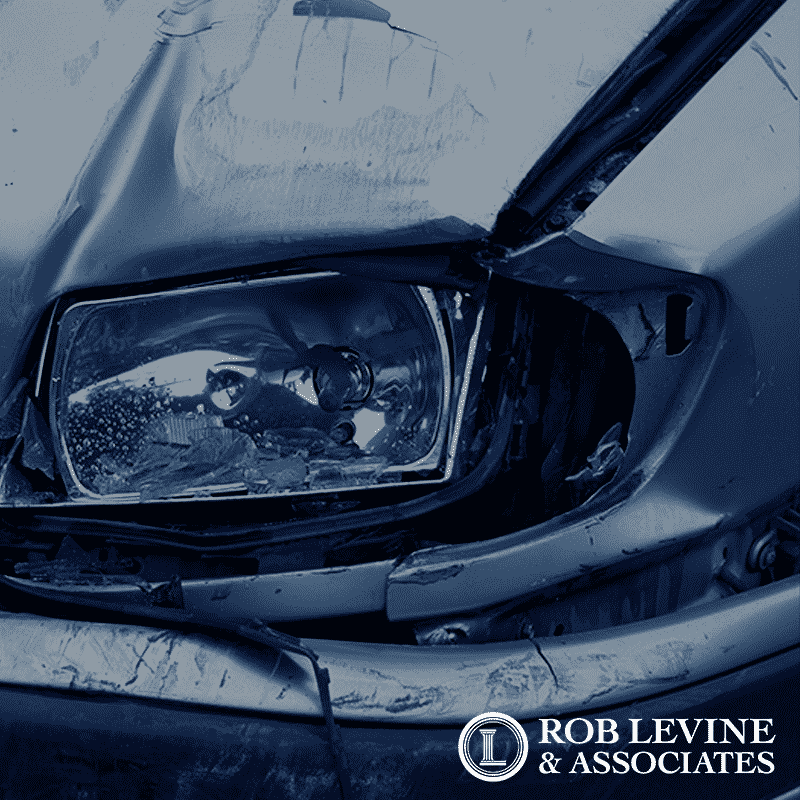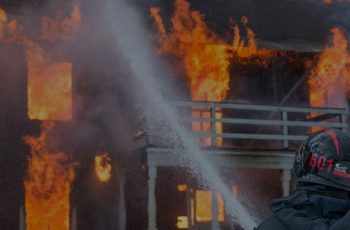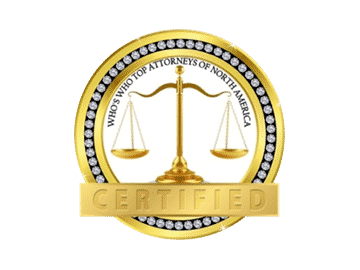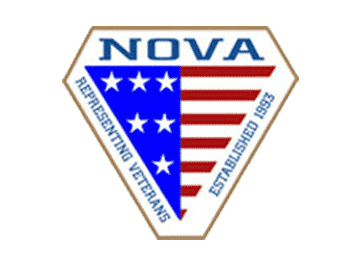Collision Coverage. Probably a Good Idea.
So you were involved in an accident and you need to have your vehicle repaired. Where do you begin?
Depending on the coverages you have on your own policy, you may be able to go through your own policy to get the damages repaired.
There are two optional coverages you can select on your own policy, collision and uninsured motorist coverage.
Collision coverage will cover the cost of repairs to a vehicle that is involved in a motor vehicle accident, regardless of who is at fault. This means that your insurance company will pay for the repairs of your vehicle, whether you are at fault or not. Collision coverage does not cover intentional acts.
Most collision policies come with a deductible. The deductible will be your responsibility to pay prior to your insurance company covering the additional costs of repairs. When selecting your coverages, you can decide how high of a deductible you want to have your policy. Typically, the higher the deductible selected, the lower the premium. When you are involved in an accident with another vehicle, it may be possible to have your deductible waived or reimbursed, if the other insurance company accepts liability.
Uninsured motorist coverage, commonly referred to as UM, is used when someone is involved in an accident with a driver who does not have auto insurance. UM for property damage covers you for damages to your vehicle if you are involved in an accident with a driver with no insurance. Uninsured motorist coverage can be used when the accident is a hit and run or the other party simply was not insured at the time of the accident. In Rhode Island, to be able to use your uninsured property damage coverage, you must be able to identify the vehicle that caused the damage. If you are unable to identify the vehicle that caused the damage, then you will not be able to use this coverage.
If you do not have collision coverage, or you do not want to use your own policy, possibly due to a high deductible, the other way to get your vehicle fixed after an accident is to go through the other driver’s policy. Prior to the other insurance company assessing the damages to your vehicle, they will run and investigation into the accident and make a determination as to who is at fault for the accident. If they accept liability, meaning they are putting their insured at fault, then they will assess the damages to your vehicle and issue payment for the repairs of your vehicle.
The insurance company’s investigation can take several weeks to complete. While they are investigating liability, they will not assess your vehicle damages. If your vehicle is in a facility that charges storage fees, such as a tow yard or a body shop, these fees could be your responsibility. The insurance company will cover reasonable storage fees, but will not cover excessive storage fees. If your vehicle is towed from the accident scene, it is always best to have the vehicle brought to a location that will not charge storage fees, such as your home or a friend or family member’s home.
If the insurance company denies liability, meaning they are putting you at fault for the accident, they will not compensate for the repairs to your vehicle. This would mean you would have to go through your own collision policy, if you have it, or pay out of pocket for the repairs.
If you do not have collision coverage, your insurance company will not help with the repairs of your vehicle, leaving you to pay out of pocket for the repairs. Adding collision coverage to your policy will increase your premium; however, it can save you thousands of dollars if you are involved in an accident. Spending the extra few dollars each month doesn’t sound so bad when you could be stuck paying out of pocket for the entirety of your vehicle repairs.










